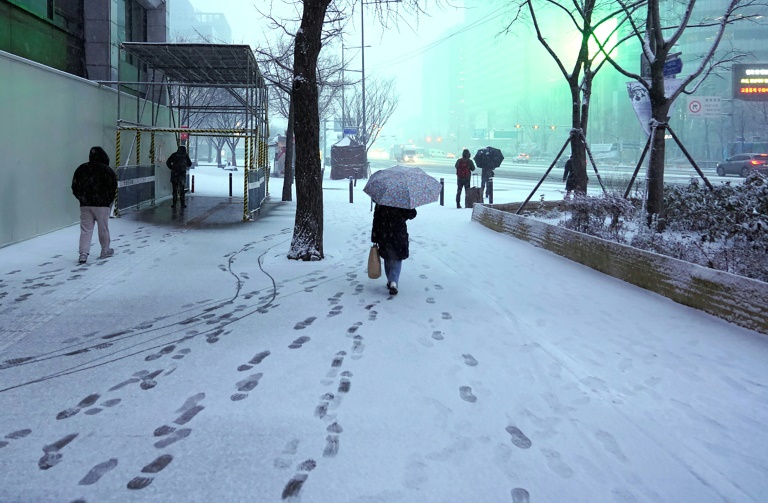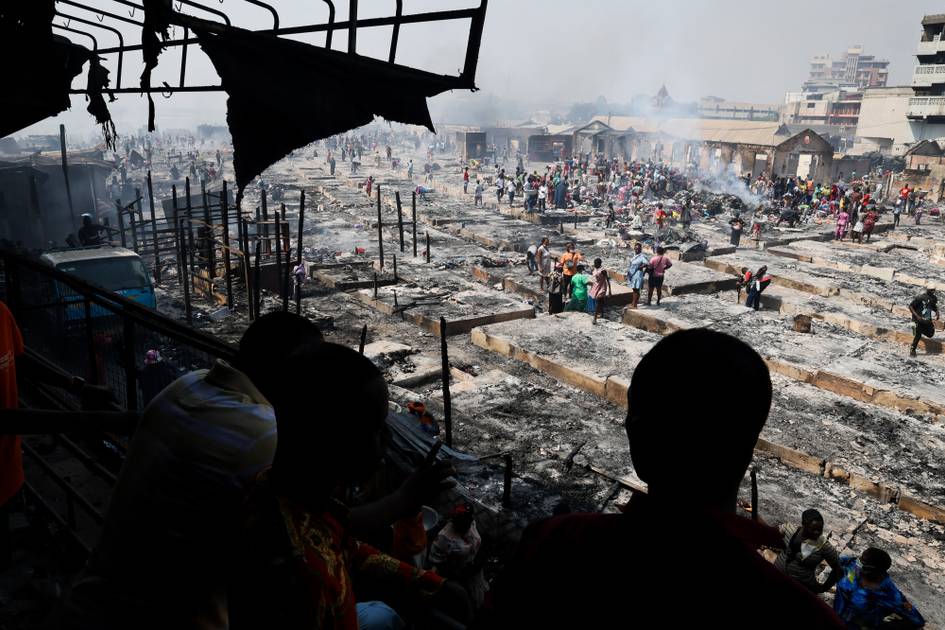Elaine Tipping’s Pathways: Chronicles of Tuvana is coming to comic shops on September 4th, and today we can share process pages from the project!
The new queer fantasy graphic novel collects the hit webcomic, following a cast of heroes from all walks of life leading the charge to stop an ancient empire bent on world domination.
Listen to the latest episode of our weekly comics podcast!
So what’s Pathways: Chronicles of Tuvana about?
A cast of heroes from all walks of life leads the charge to stop an ancient empire bent on world domination in this Queer YA graphic novel!
An archaeological dig backed by all four countries of Tuvana is meant to shed light on the past while uniting the countries under a similar goal, despite their differences. However, the project takes a sudden dark turn after an unexpected discovery. Communications are lost, family members are missing, there are strange changes in the land and unexpected climate irregularities–all threatening to unravel the tenuous ties that have kept Tuvana at peace for so long.
A clever princess, a set of royal twins with two very different personalities, a patient guard looking after an inquisitive scholar, a powerful and mysterious loving couple, and a fun-having street brawler are all pulled slowly from their very different paths through life as they each stumble across parts of a puzzle that, once assembled, could change–or destroy–the future of their world forever.
One volume collecting the first nine chapters of Pathways: Chronicles of Tuvana!
Read on for Elaine Tipping’s commentary!
My process for Pathways is a little different than most comics in the US since I’m a team of one, but also because any training I had was in Japan, and the rest self-taught from 90% manga.
The day in the life of a Pathways page is that it starts as a thumbnail where I lay out the page and decide on my panel composition. I then scan that in to my computer and set that as the roughs for
the page.
From there, I make my panels, put down my speech text and place the speech bubbles so I know how each panel will fit the text and the art. Next up, I do pencils (that can be loose or detailed, depending on the panel content), then inks. Each of course is on a different layer to save my life later if I need to go back and fix something. Tones come in a few stages for Pathways. Flats and tones for the characters come first, shading on another layer, and then background flats and tones come in, with an extra layer for anything that doesn’t fall into that category. I’m very careful to make sure that most things don’t overlap on the same layer in case I end up wanting another look.
Then, something a little unique about my program (it’s an older manga making program by Deleter called Comicworks) that allows me make layers that inverse colors, so all black lines become white. On these layers I add white to make sure sound effects pop, or anything else I need to stand out has its own white border. Then I have a final white inverse layer that I go in and add highlights.
When that’s done, I remove the template layer that shows me the active areas, where I need to keep my text to avoid it being cut off, and my bleed print lines, and then I save for web! Or for print, depending on the stage I’m at.
Check out the process pages below!
For page seven, an example of a background flat would be the shading on Taria in the last panel. Working in grayscale vs color, you can’t just rely on different colors to show different aspects of the panel, you have to work within grays to do that. For the final panel, in order to show Taria is in the foreground, but to draw attention to her brothers as the focus of the panel, we use shading on her to show both of those things.
On pages 8, the second to last panel, there’s a pretty useful toning trick to get the eye to focus on something, and that’s the circle. If you want to draw attention to a certain spot, you can use a variety of circle techniques to do that. This one is the tone the panel, and crop out a circle to focus in. You can also use flats, but if you want to make something pop, keep in mind difference in textures. Since the characters here are mostly flat grays, the tones make them pop more.
For page nine, one of my favorite panel compositions is when something breaks the panel boundary. It’s important to use sparingly, but it can really spice up a page, help the eye know where to go next, and acts as an eye focus for an important moment where you need to stop and breathe on the page. Also it looks really cool.
Time to introduce new characters in a scene transition on page ten! It’s important to signal to a reader that you’re in a new scene, or a new place, and there are a few ways to do that (like establishing shots). One that I really like to do is a “fade out” or a “fade in” as I sort of think of it, where you use a number of smaller panels to lead into a scene that shows the scene has changed.
Making Pathways is always fun, and an interesting game of finding just the right amount of detail to show the scene, but not too much to make the panel unreadable. Something I have to drill into my own head is that usually less is more. Using the grays, the tones, the level of detail, and paneling composition, you lead a reader through the story and through the page. It’s really such a cool art form, and I never get tired of reading my favs and seeing how the masters do it.
Join the AIPT Patreon
Want to take our relationship to the next level? Become a patron today to gain access to exclusive perks, such as:
- ❌ Remove all ads on the website
- 💬 Join our Discord community, where we chat about the latest news and releases from everything we cover on AIPT
- 📗 Access to our monthly book club
- 📦 Get a physical trade paperback shipped to you every month
- 💥 And more!







